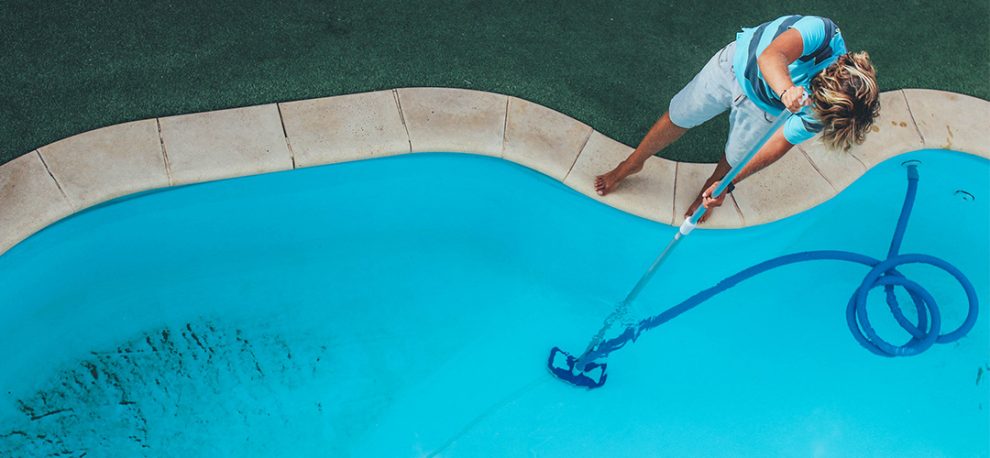
Introduction
A sparkling and inviting pool is a refreshing oasis on hot summer days. However, maintaining crystal-clear water requires more than just regular cleaning and filtration. Understanding the science of pool water chemistry is essential to ensure a safe and enjoyable swimming environment. In this article, we will delve into the principles of pool water chemistry, explore the key components, and provide practical tips for maintaining optimal water quality. Dive in and discover the secrets to keeping your pool water clear and inviting.
I. The Basics of Pool Water Chemistry
A. pH Balance: The Foundation of Water Chemistry
Maintaining the proper pH balance is crucial for pool water chemistry. pH measures the acidity or alkalinity of the water on a scale of 0 to 14, with 7 being neutral. For pools, the ideal pH range is typically between 7.2 and 7.8. Too low pH can cause corrosion of pool equipment and irritate swimmers’ skin and eyes, while too high pH can lead to scale formation and reduce the effectiveness of sanitizers. Regular testing and adjustments are necessary to keep the pH in the optimal range.
B. Sanitizers: The Guardians of Cleanliness
Sanitizers, such as chlorine or bromine, play a vital role in killing harmful bacteria and controlling algae growth in pool water. Chlorine is the most commonly used sanitizer due to its effectiveness and affordability. Bromine is an alternative sanitizer that is often used in spas and hot tubs. It’s important to maintain proper sanitizer levels to ensure the water is safe for swimming. However, excessive amounts of sanitizers can cause skin and eye irritation, so finding the right balance is essential.
II. Water Testing and Treatment
A. Regular Water Testing
Regular water testing is essential for maintaining optimal pool water chemistry. Test kits are available for measuring pH, sanitizer levels, total alkalinity, and calcium hardness. Follow the manufacturer’s instructions to obtain accurate readings. Testing should be done at least once a week, or more frequently during periods of heavy pool usage or extreme weather conditions. Keep a record of the test results to track any fluctuations and identify trends.
B. Balancing Chemicals
Based on the test results, you may need to adjust the water chemistry by adding chemicals. For pH adjustment, use pH increasers (such as soda ash) to raise pH levels or pH reducers (such as muriatic acid) to lower pH levels. Balancing alkalinity is essential for stabilizing pH levels, and alkalinity increasers or reducers can be used accordingly. Calcium hardness should be maintained within the recommended range to prevent scale formation or water that is too soft.
III. Additional Considerations for Water Clarity
A. Shocking the Pool
Regular shocking, or super chlorination, is an important step in maintaining water clarity. Shocking involves adding a higher dose of chlorine to the pool to eliminate contaminants, such as bacteria, algae, and organic matter. It helps restore the sanitizer’s effectiveness and keeps the water clear and safe. Shocking should be done on a regular basis, especially after heavy pool usage or after heavy rainfall.
B. Filtration and Circulation
Proper filtration and circulation are crucial for removing debris, particles, and microorganisms from the pool water. The pool’s filtration system, typically consisting of a pump and filter, should be running for an adequate amount of time each day to ensure efficient water circulation and filtration. Regular cleaning and backwashing of the filter are necessary to maintain its effectiveness.
C. Preventing Algae Growth
Algae growth can turn a clear pool into a green mess. To prevent algae, it’s important to maintain proper sanitizer levels, brush the pool walls and floor regularly, and remove leaves and debris promptly. Algaecides can be used as a preventive measure or to treat existing algae problems. A well-maintained pool with proper water chemistry is less likely to experience algae issues.
Conclusion
Understanding the science of pool water chemistry is essential for maintaining a clean, clear, and safe swimming environment. By monitoring pH balance, using sanitizers effectively, regularly testing and treating the water, and considering additional factors such as shocking, filtration, and algae prevention, you can ensure that your pool remains an inviting oasis for everyone to enjoy. As American author Mark Twain once said, “Water, taken in moderation, cannot hurt anybody.” So, dive into the world of pool water chemistry and keep your pool water clear and inviting all season long.











